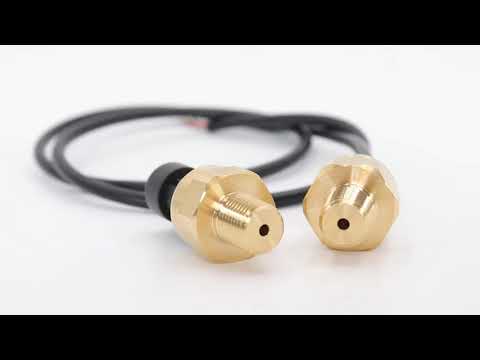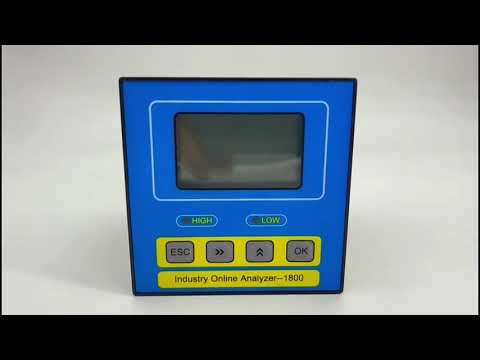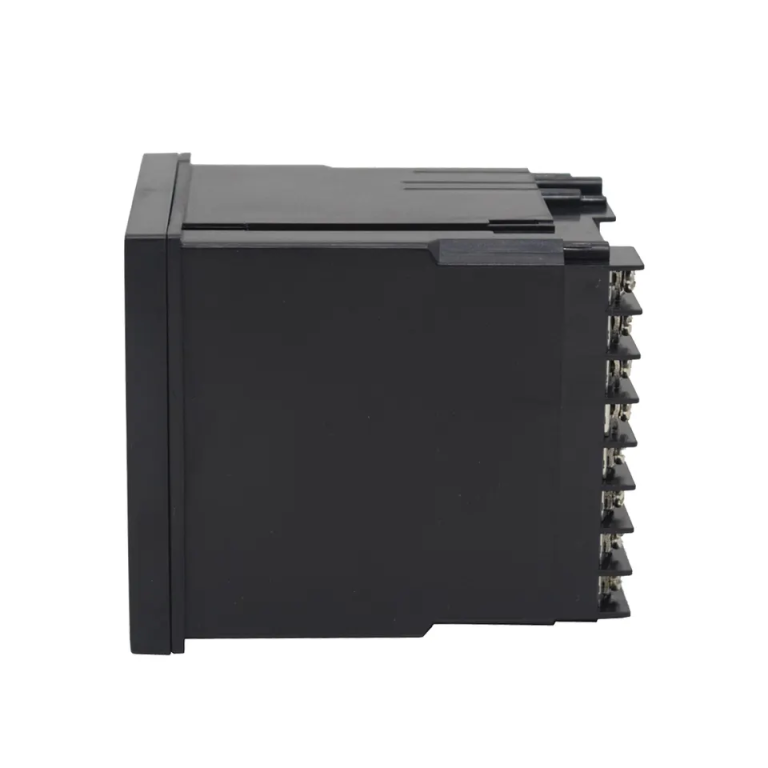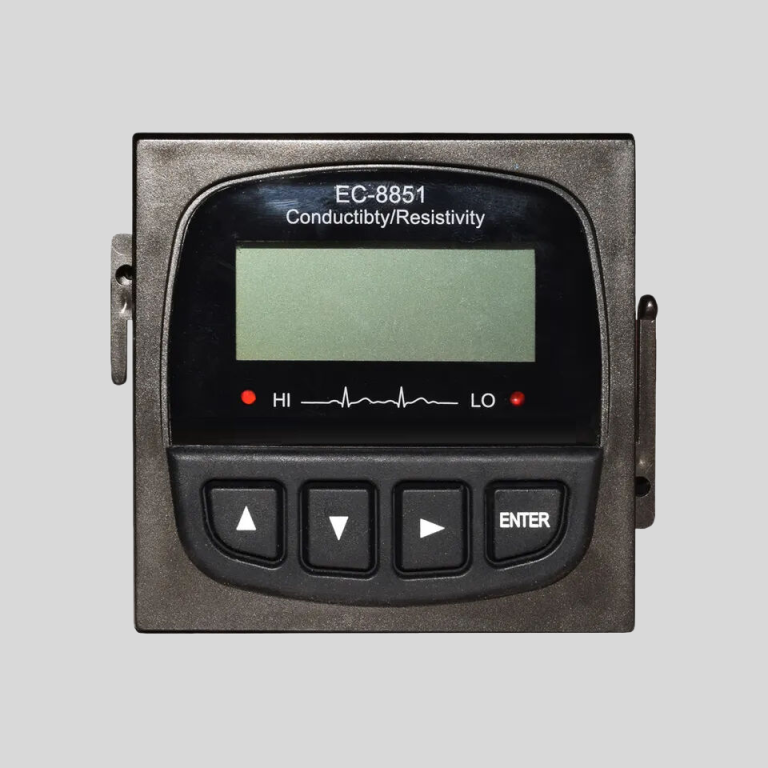Accurate measurements through sound waves.
Understanding the Principles of Ultrasonic Flow Meters
Ultrasonic flow meters are a type of flow meter that uses ultrasonic waves to measure the flow rate of a fluid. These devices are commonly used in a variety of industries, including water and wastewater treatment, oil and gas, and chemical processing. Understanding how ultrasonic flow meters work is essential for anyone looking to accurately measure the flow of fluids in their processes.
| Model | pH/ORP-1800 pH/orp meter |
| Range | 0-14 pH; -1600 – +1600mV |
| Accuracy | ±0.1pH; ±2mV |
| Temp. Comp. | Manual/Automatic temperature compensation; No Comp. |
| Oper. Temp. | Normal 0~50℃; High temp 0~100℃ |
| Sensor | pH double/triple sensor; ORP sensor |
| Display | 128*64 LCD Screen |
| Communication | 4-20mA output/RS485 |
| Output | High/Low limit dual relay control |
| Power | AC 220V±10% 50/60Hz or AC 110V±10% 50/60Hz or DC24V/0.5A |
| Working Environment | Ambient temperature:0~50℃ |
| Relative humidity≤85% | |
| Dimensions | 96×96×100mm(H×W×L) |
| Hole Size | 92×92mm(H×W) |
| Installation Mode | Embedded |
At the most basic level, ultrasonic flow meters work by sending ultrasonic waves through a fluid and measuring the time it takes for the waves to travel from one point to another. By comparing the time it takes for the waves to travel with and against the flow of the fluid, the flow rate can be calculated. This principle is known as the Doppler effect, which is the change in frequency or wavelength of a wave in relation to an observer who is moving relative to the wave source.
There are two main types of ultrasonic flow meters: Doppler flow meters and transit-time flow meters. Doppler flow meters work by measuring the change in frequency of the ultrasonic waves as they reflect off particles or bubbles in the fluid. This change in frequency is then used to calculate the flow rate of the fluid. Transit-time flow meters, on the other hand, work by measuring the time it takes for ultrasonic waves to travel between two points in the fluid. By comparing the time it takes for the waves to travel with and against the flow of the fluid, the flow rate can be determined.
| Model | CCT-3300 Series Conductivity Online Controller |
| Constant | 0.01cm-1, 0.1 cm-1, 1.0cm-1, 10.0 cm-1 |
| Conductivity | (0.5~20)mS/cm,(0.5~2,000)uS/cm, (0.5~200)uS/cm, (0.05~18.25)MQ·cm |
| TDS | (250~10,000)ppm, (0.5~1,000)ppm, (0.25~100)ppm |
| Medium Temp. | (0~50)℃ |
| Resolution | Conductivity: 0.01uS/cm, TDS:0.01ppm, Temp.: 0.1℃ |
| Accuracy | Conductivity: 1.5%(FS), Resistivity:2.0%(FS), TDS: 1.5%(FS), Temp.: +/-0.5℃ |
| Temp. compensation | (0-50)°C (with 25℃ as Standard) |
| Cable length | ≤5m(MAX) |
| mA output | Isolated (4~20)mA, Instrument / Transmitter for selection |
| Control Output | relay contact: ON/OFF, Load capacity: AC 230V/5A(Max) |
| Working Environment | Temp.(0~50)℃;Relative Humidity ≤85%RH (none condensation) |
| Storage Environment | Temp.(-20~60)℃;Relative Humidity ≤85%RH (none condensation) |
| Power Supply | CCT-3300:DC 24V; CCT-3310: AC 110V; CCT-3320: AC 220V |
| Dimension | 48mmx96mmx80mm(HxWxD) |
| Hole Size | 44mmx92mm(HxW) |
| Installation | Panel mounted, fast installation |
One of the key advantages of ultrasonic flow meters is their non-intrusive nature. Unlike traditional flow meters that require physical contact with the fluid, ultrasonic flow meters can measure flow rates without coming into direct contact with the fluid. This makes them ideal for use in applications where contamination or pressure drop is a concern.
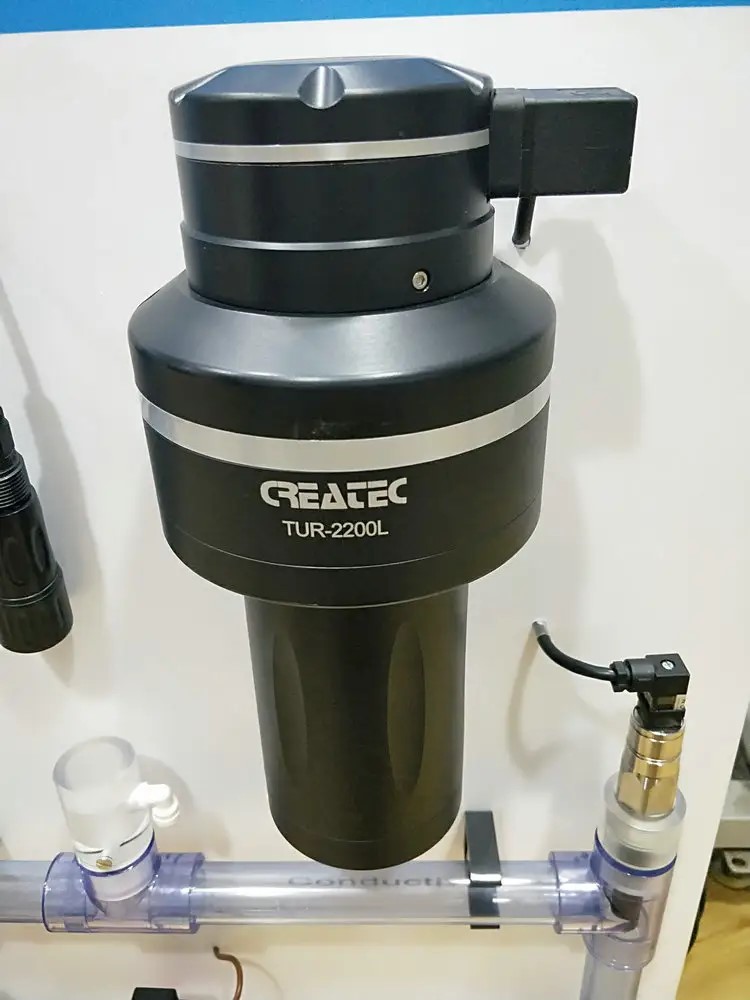
Another advantage of ultrasonic flow meters is their high accuracy. Because they rely on the speed of sound in the fluid to calculate flow rates, ultrasonic flow meters can provide highly accurate measurements, even in challenging conditions such as high temperatures or pressures. This makes them a popular choice for industries where precise flow measurements are critical.
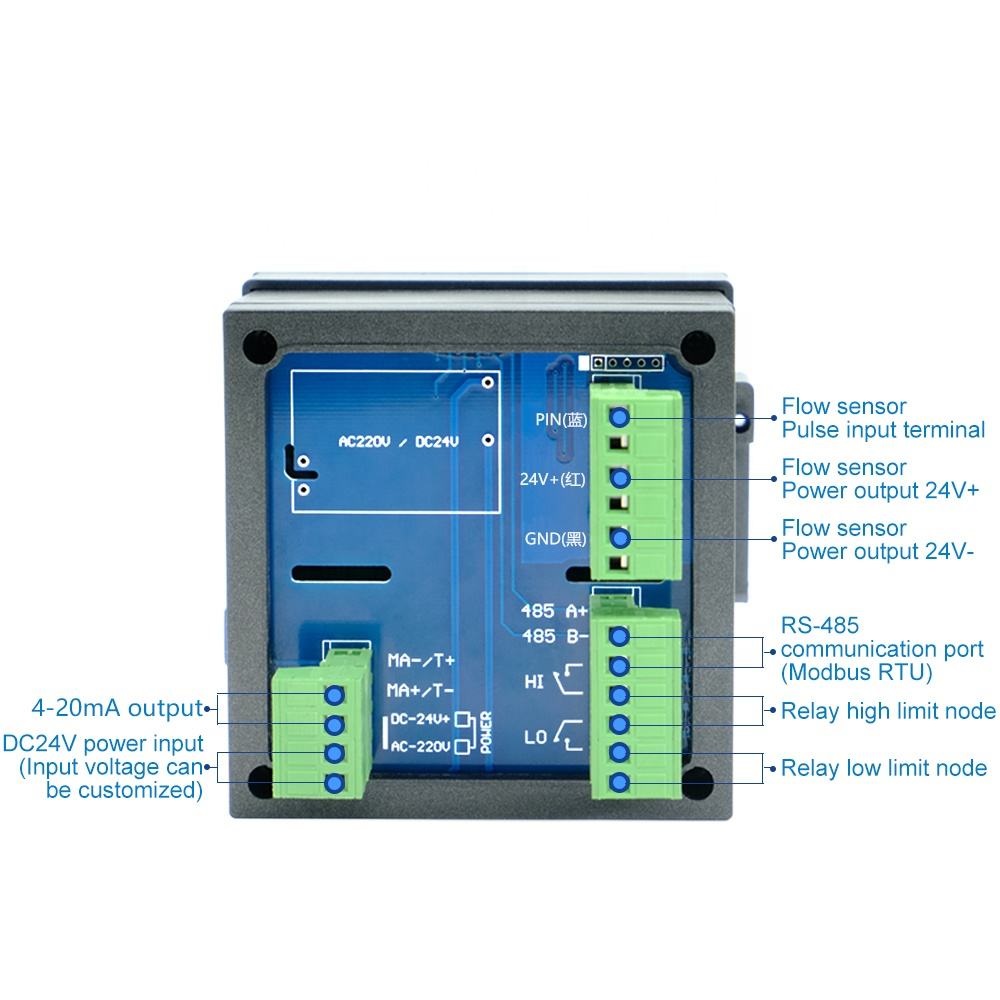
Despite their many advantages, ultrasonic flow meters do have some limitations. For example, they may not be suitable for fluids with low ultrasonic reflectivity, such as distilled water or some oils. Additionally, ultrasonic flow meters can be affected by factors such as air bubbles or turbulence in the fluid, which can impact the accuracy of the measurements.
In conclusion, ultrasonic flow meters are a versatile and accurate tool for measuring the flow rate of fluids in a wide range of industries. By understanding the principles of how ultrasonic flow meters work, users can make informed decisions about when and where to use these devices in their processes. With their non-intrusive nature and high accuracy, ultrasonic flow meters are a valuable asset for any industry that relies on precise flow measurements.

